Elephant has been declared as the national heritage animal of our country, which serves as an abode to Asiatic elephants. A cute little elephant calf named Bholu is the mascot of Indian Railways and our country’s economy is often referred to as the ‘Elephant’, implying a slow, yet powerful economy.
All in all, our country has a deep connection with the mighty and adorable animal. But then, why do we turn a blind eye to the issue of brutal killing of elephants?
Every year, a number of elephants sustain injuries and die after colliding with trains on railway tracks.

In India alone, 150 elephants have died while crossing the railways tracks between 1987 and 2010.
India has the largest wild population of the Asian elephants— around 28,000 in number. A report by the Elephant Task force, commissioned by the Ministry of Environment, revealed that 150 elephants were crushed to death by speeding trains between 1987 and 2010. It is also estimated that in the past one decade, over 100 elephants lost their lives in train collisions.
A recent incident occurred last month when an 18-month-old elephant was found severely injured on the side of the tracks in Belagavi, Karnataka.
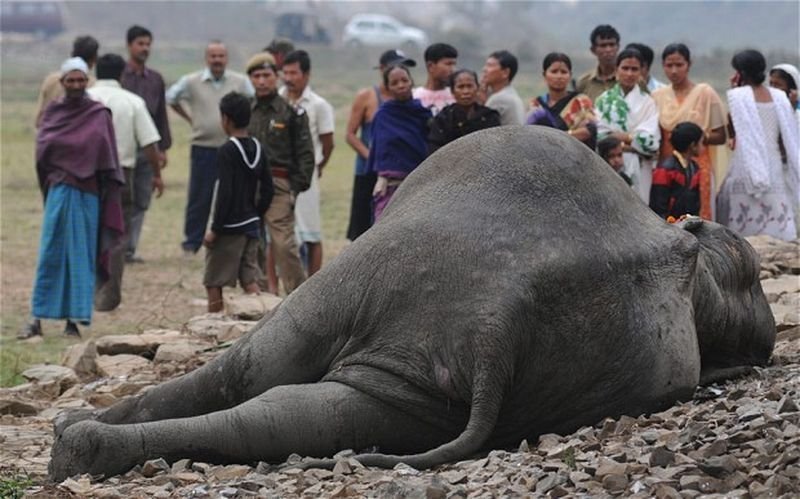
What causes elephant-train collisions?
Railway lines and and other linear infrastructure projects run through the forests for thousands of kilometers affecting wildlife corridors. This causes the fragmentation of their habitat. Animals cross the tracks to reach nearby water bodies, or in search of food, and sometimes end up getting trapped.
The steep embankments alongside the tracks make it even more difficult for the bulky and slow-moving animal to escape when a train approaches.
It has also been reported that the frequency of accidents increased when tracks were converted from narrow gauge to standard gauge, allowing high speed trains to run.
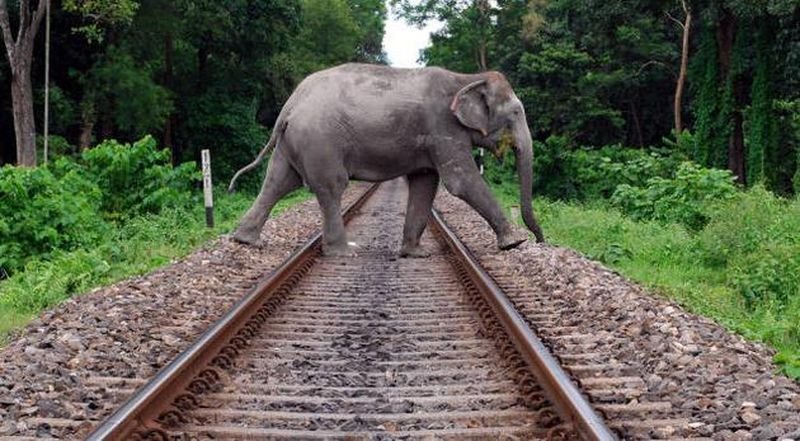
Elephant contraceptives to reduce their population?
West Bengal government sought to curb such accidents by introducing elephant contraceptive drugs to reduce their population. However, the Supreme Court of India rejected the proposal to sterilize the wild animal.
The casual attitude of the government was obvious when the National Board for Wildlife gave a nod to the expansion of the railway line through Mahananda wildlife sanctuary, a track on which 55 elephants have already lost their lives after colliding with trains.
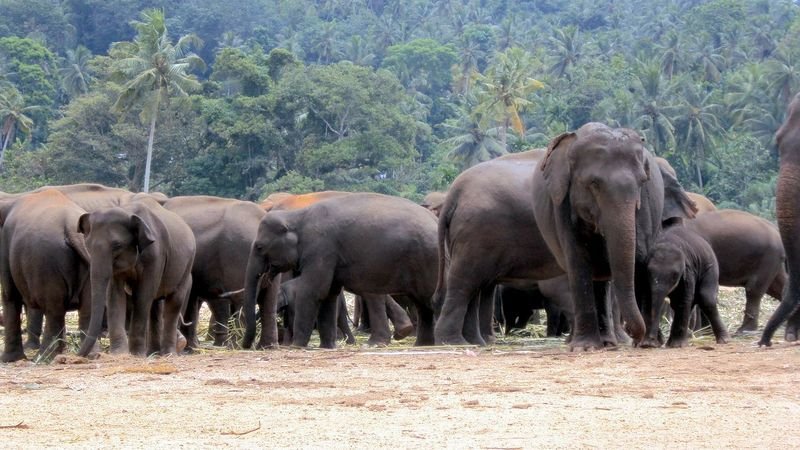
So, how do we strike a balance between development and conservation?
A closer look at the local issues causing accidents and a scientific study followed by planned mitigation efforts is required to address the problem.
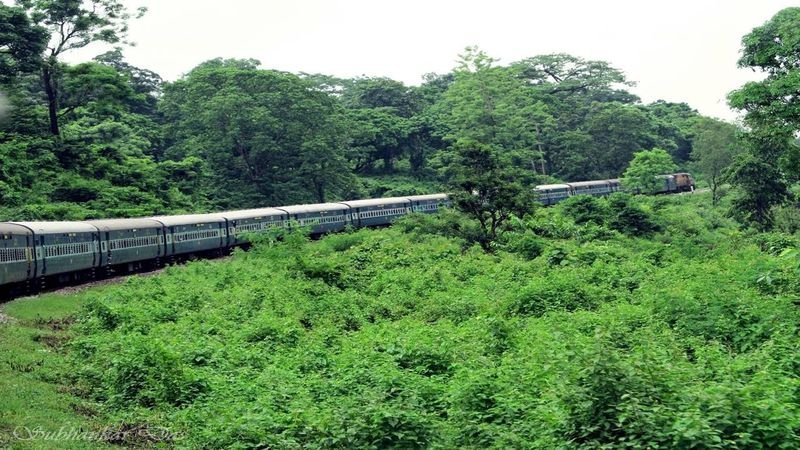
Rajaji National Park in Uttarakhand has an 18-km long railway track running through it. Yet, in the past 10 years, no elephant deaths due to collisions have been reported.
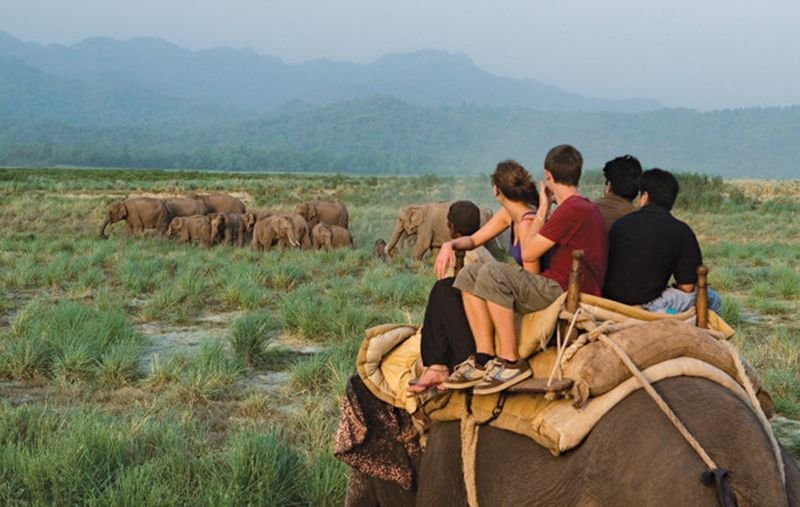
What is Rajaji National Park doing right?
A joint patrolling team to monitor the movement of elephant herds near the track was deployed in the national park. Proper warning signs and hoardings were installed for train drivers and steep embankments were levelled. Along with this, vegetation around the blind turns was cleared to improve visibility for train drivers.
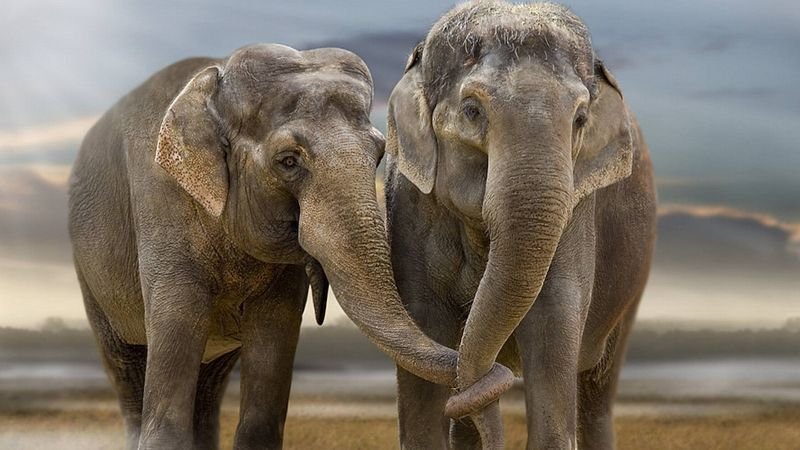
While it is understandable that we don’t want to compromise on developing infrastructure, let’s make sure that we don’t ignore our wildlife as well. It is essential that the government policies are inclusive of both.
Inputs from The Hindu , livemint.com and animals24-7.org

















